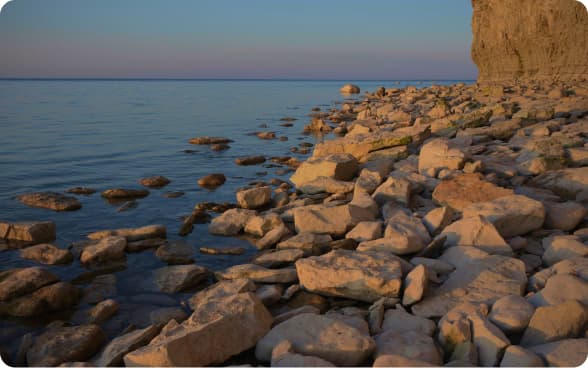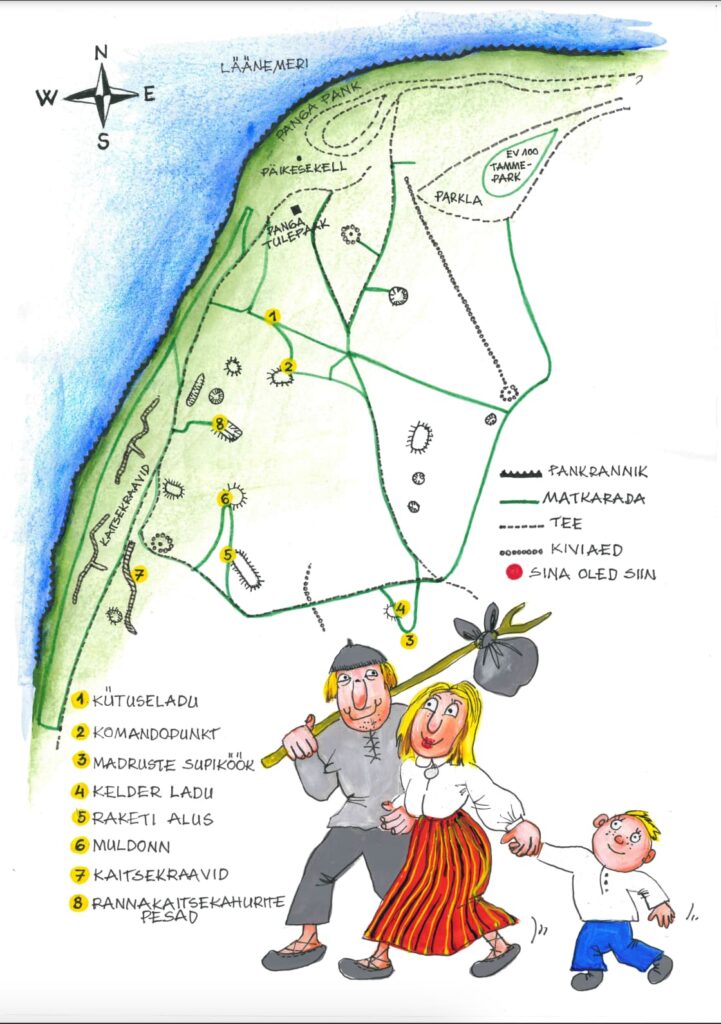Experience the magic of Panga Cliff
Panga pank is the highest bedrock outcrop in Western Estonia and the islands. The Silurian Cliff is an extensive escarpment that begins on the island of Gotland in Sweden, runs through the Baltic Sea and rises to the ground on the west coast of Saaremaa.
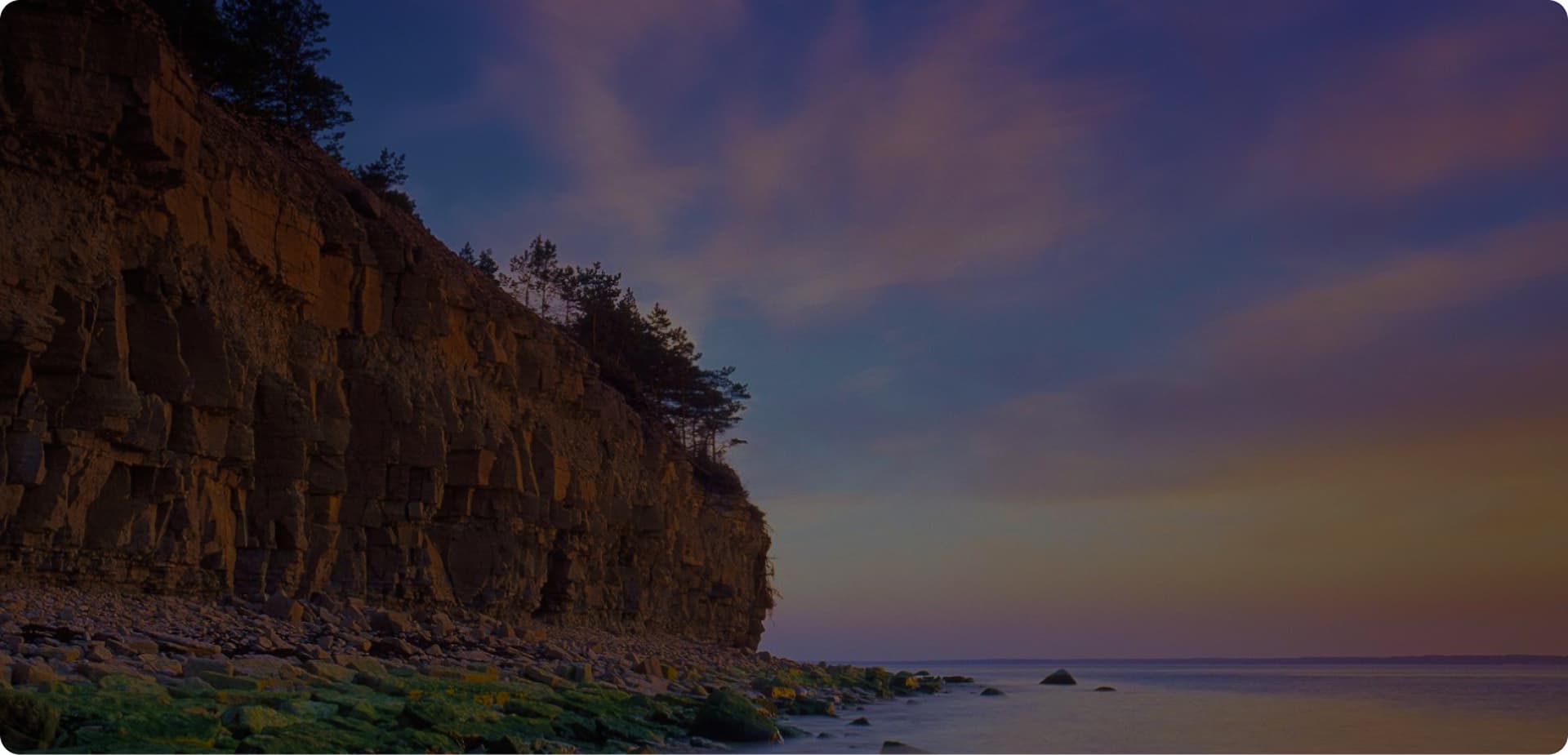






Our Story
Panga Cliff is the highest subterranean outcropping in the islands and the mainland of West Estonia. Being Silurian Clint in structure, it gets started at the island of Gotland, Sweden, stretches across the bottom of the Baltic Sea, then cropping out from water on the western coast of the Saaremaa island, and reaching its peak at 21.2 meters.
Military History Heritage Project
The Estonia-Latvia cross-border cooperation program approved an international cooperation project at the beginning of 2020 “Military Heritage”.


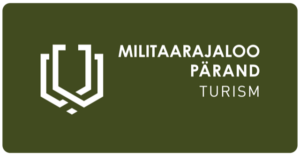
Welcome to the 2989 m long Panga cliff hiking trail!
Panga cliff is the highest bedrock outcrop of the Silurian period in Western Estonia and the islands. Its height is 21.3 metres and the bank is divided into two terraces, the second of which lies just inland from a 13 m high bluff overlooking the sea.
What makes the cliff particularly valuable and attractive from a landscape point of view is its relatively large size and the fact that the cliff wall is open to the sea. The Panga Landscape Conservation Area is located here, bordered by the Baltic Sea to the north and northeast and the estuary of the Küdema Bay (an internationally important bird area) to the west, with forested strata forming the eastern and southern boundaries.
There has been no active military activity at the Panga cliff. The Soviet Union's border ran through here and the coastline was therefore closed. The flat terrain provided a good view of the sea.
Today, the ruins of smaller military installations and trenches can be seen along the nearly three kilometre-long military hiking trail.
The aim of the project is to attract more visitors to the region. For this purpose, a cross-border tourism product will be created that introduces the military history heritage, integrating new and existing tourist attractions in Estonia and Latvia, which will be marketed to both domestic and foreign tourists. Additionally, the project will improve 36 military history objects that are presented.
The implementers of the activities are 24 partner organizations, including the Estonian Rural Tourism Association, the Hiiumaa Military History Society, the Estonian War Museum, the Setomaa Municipality, the Lääne-Nigula Municipality, the Saaremaa Military Society, the Panga Development Association, the Peipsi Cooperation Center, the Haapsalu and Läänemaa Museums Foundation, Visit Saaremaa Association, and the National Heritage Board.
In order to facilitate mutual exchange of experiences between various parties in Estonia and Latvia, seminars and workshops are organized as part of the project, and materials are collected about objects that showcase military history heritage. Additionally, a guidebook is being developed for service providers, which includes advice on marketing and promoting military history objects. Electronic marketing materials (a website) and printed materials will be produced for visitors, and tourism products will be presented at tourism fairs and press trips. At the end of the project, a public event will be held to introduce the project to the public and visitors.
Panga Areng MTÜ
Reg nr 80168943, Talve 77 Kuressaare, Saaremaa vald, Saare maakond, Alver Sagur +372 5050 434
Projekti juhtpartner
Läti Maaturismi Ühing / Latvian Country Tourism Association “Lauku Celotajs”, www.celotajs.lv
Kontakt Eestis
Silja Lehtpuu (silja@maaturism.ee), MTÜ Eesti Maaturism
Kogu projekti eelarve
1 928 992,39 EUR, millest ERDF toetus 1 639 643,53 EUR
Galleries
Military Hiking Trail
The legend and introduction of the military hiking trail of the bank of the bank. Along the three-kilometer long military hiking trail, you can see the ruins of smaller military installations and defense ditches.
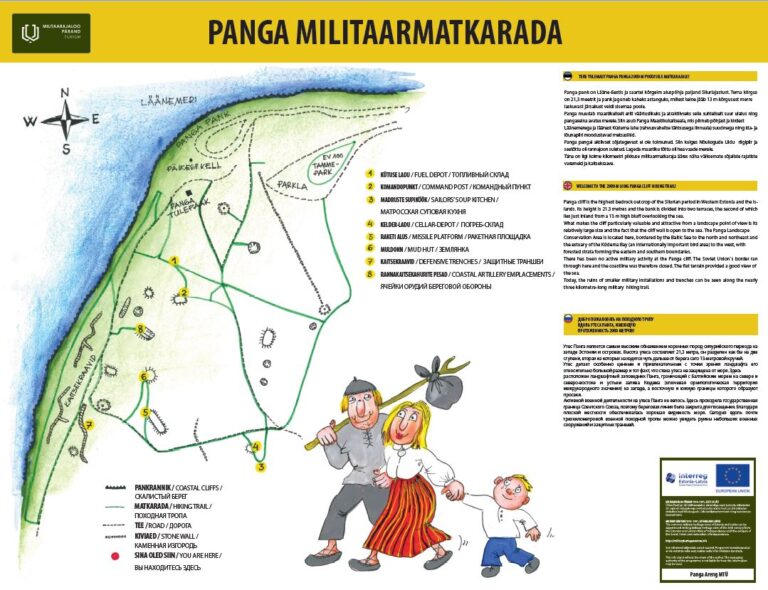
Nature reserve area
Panga cliff has been under nature protection as an individual object since 1959. In 1999, the Panga Landscape Protection Area was established based on the protected individual object. The main objective of the protected area, according to the protection regulations, is to protect the highest part of the West Estonian limestone coast, Panga cliff, and the plant communities there.
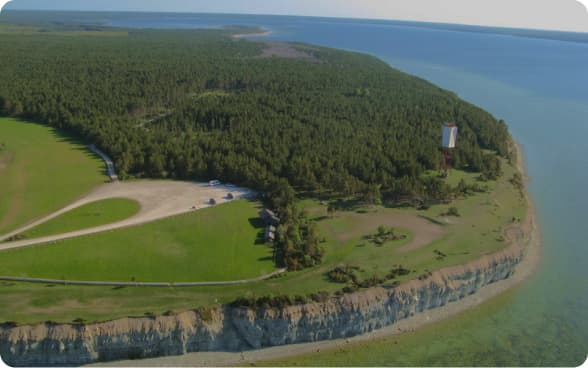
Active vacation
Come for a picnic to the picturesque Panga cliff! Clean sea air and the healing effects of the pine forest will help you relax and recharge your "batteries". In the nature reserve, you can witness a mesmerizingly beautiful sunset, enjoy peace and the beauty of nature, observe birds, draw health from the eye spring, and take beautiful nature photos.
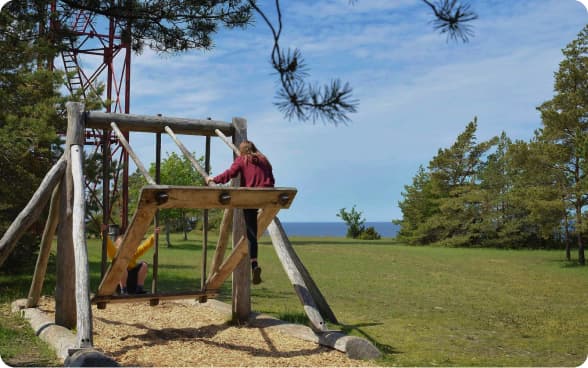
From History
The oldest known record of Panga village dates back to 1554. In the late 19th and early 20th century, Panga was one of the largest villages in the area, where fishing and shipbuilding were the main activities. The Eye Springs located on the Panga cliff were used for washing diseased eyes. To benefit from the spring water, it was necessary to throw money into the spring.
